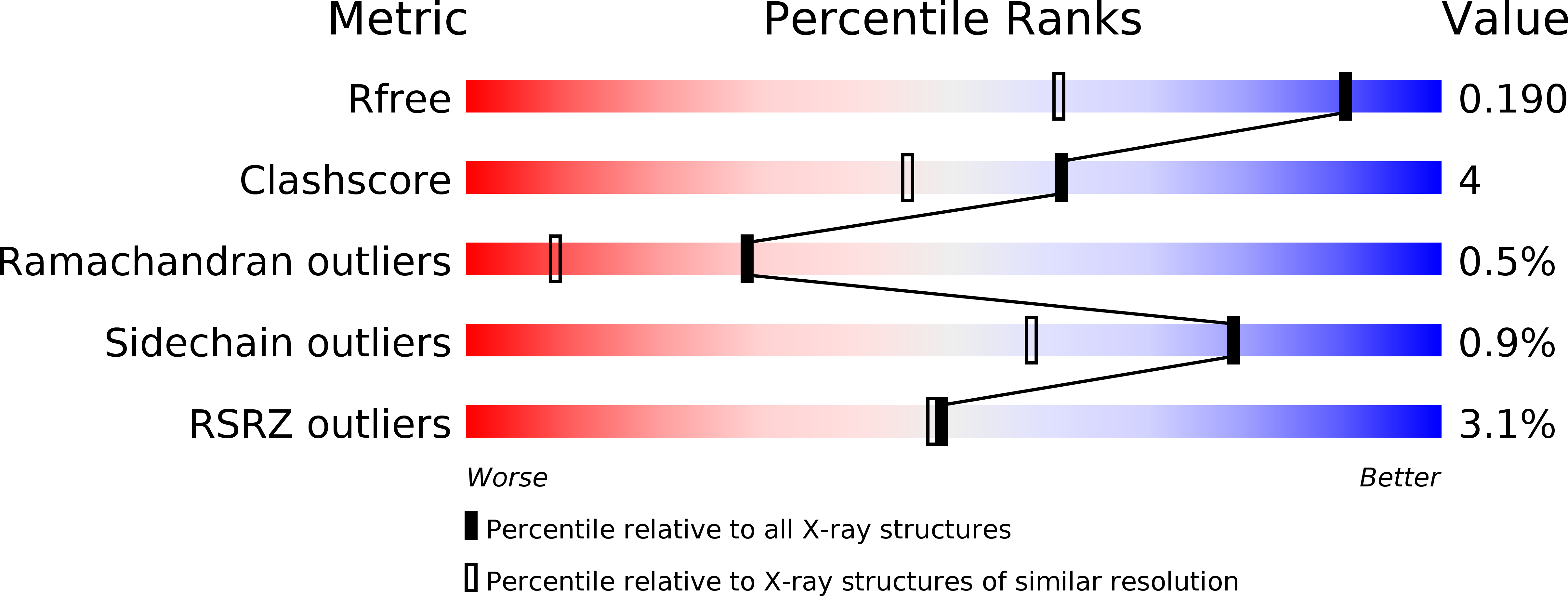
Deposition Date
2001-10-03
Release Date
2001-11-07
Last Version Date
2024-10-30
Entry Detail
PDB ID:
1K3I
Keywords:
Title:
Crystal Structure of the Precursor of Galactose Oxidase
Biological Source:
Source Organism:
Fusarium sp. (Taxon ID: 29916)
Host Organism:
Method Details:
Experimental Method:
Resolution:
1.40 Å
R-Value Free:
0.19
R-Value Work:
0.17
R-Value Observed:
0.17
Space Group:
P 21 21 21


